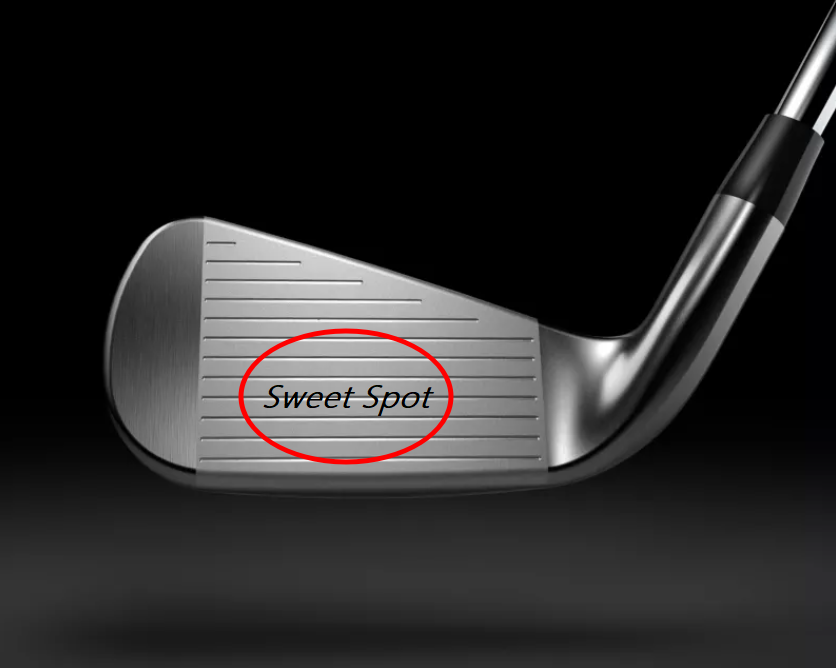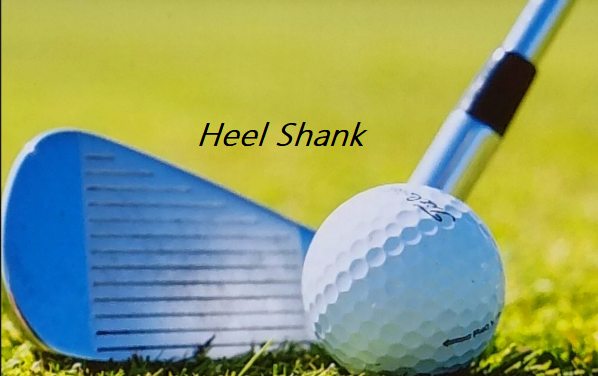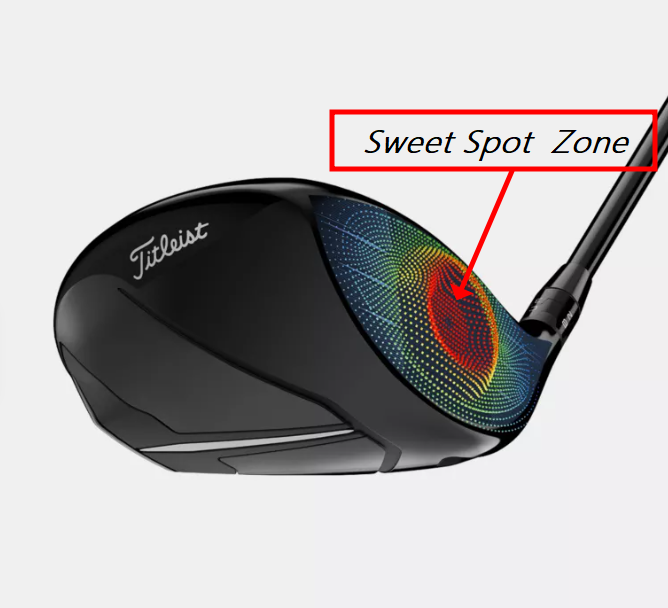What is a sweet spot in golf play?
The sweet spot is the center of the golf club head, meaning the best hitting point for sending the ball the furthest.
In past golf clubs, these sweet spots were so small that accurate hitting was difficult. However, as club manufacturing technology advanced, the size of sweet spots expanded, and today, the concept of a sweet spot zone has emerged.
This refers to the extent to which the ball can be hit within a specific area of each club head to obtain the optimal distance.
In other words, if the ball hits the sweet spot zone, you can get a relatively desired distance and direction even if it doesn’t fit exactly in the center.<

1. The Importance of Sweet Spot
In golf, hitting sweet spots is very important. When a ball hits a sweet spot, optimal energy is transferred to the ball, maximizing directional and distance effects.
On the other hand, leaving the sweet spot reduces the flying distance and makes the direction unstable. Therefore, the practice of hitting the sweet spot can help a golfer improve her or her skills the most.
2. Modern drivers and sweet spot zones
Modern drivers have adopted a large head design, expanding the sweet spot zone. It means that it has the advantage of having a wider sweet spot zone than other golf clubs.
This increases the likelihood that the ball will fly far, securing directionality even if the golfer misses a little.
This means that within the sweet spot zone, consistent distance and directionality can be maintained with some error.
Manufacturers of drivers compete to create a wider sweet spot zone in the same size club face.
That’s how important the role of the sweet spot zone is.
3. How it feels when you get hit by a sweet spot
When the ball hits the sweet spot, the golfer will feel soft in his hand, as the ball hits the ideal position on the club’s face and energy is efficiently transferred.
On the other hand, it feels dull when you leave the sweet spot, and the ball does not fly in the direction the golfer wants with a short distance.<<

<
4. How it feels when the ball hits different parts when swinging the iron and wedge
1) Sol and Leading Edge:
When the ball hits the bottom of the club face, it feels like an electric shock and may cause injuries to your hands or wrists.
With Iron, the ball flies low and short, and with Wedge, it flies too long to overrun the green.
2) Toe:
If the ball hits the outside of the club’s face, that is, the end, it feels like the club is turning in its hands during the impact.
And the ball flies to the right, which can cause a loss of the desired direction and distance, and often has an out-of-bounds. It’s often called a “shank.”
3) Heel:
When the ball hits the inside of the club face, it flies to the right with a clap at the angle between the club and the ball. This result is called a “shank,” just like how it hits the toe side.
As a result of this strike, it prevents you from obtaining the desired directionality and causes a loss of distance.
More than that, you’ll get out of bounds (OB) as a result, and you’ll get a lot of scores.<

<<
5. the importance of practicing sweet spotting
Golfers must use these different vibes to recognize which part of the club’s face the ball hit, and to practice consistently to ensure that the sweet spot is consistently matched.
This exercise is essential for optimizing the distance and directionality of the ball.
If you understand exactly what a sweet spot is, and keep practicing matching it, it will greatly help you improve your golf skills.

